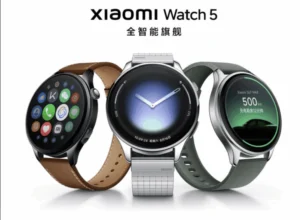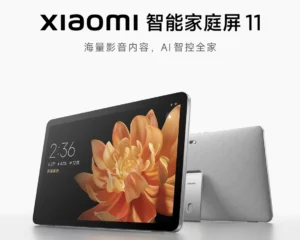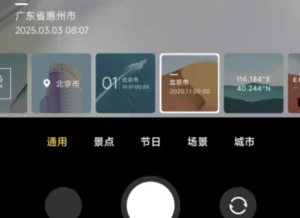Xiaomi’s 80 kWh CATL Hybrid: The Future of Driving
Xiaomi Redefines Mobility: 80 kWh CATL Battery Hybrid Blurs Lines Between Electric and Gas
The automotive world is buzzing again with hybrids, and for good reason. With emission regulations taking a breather and pure EVs hitting a bit of a speed bump, manufacturers are making a strong comeback in the hybrid space. Extended Range Electric Vehicles (EREVs) are leading the charge, promising a massive boost in electric-only range. Enter Xiaomi, the tech giant known for making cool stuff accessible, with a triumphant entry into this segment with a hybrid vehicle packing a seriously impressive 80 kWh CATL battery. This isn’t just about efficiency; it’s about erasing the boundaries between electric and gas cars, offering a super versatile and sustainable driving experience.
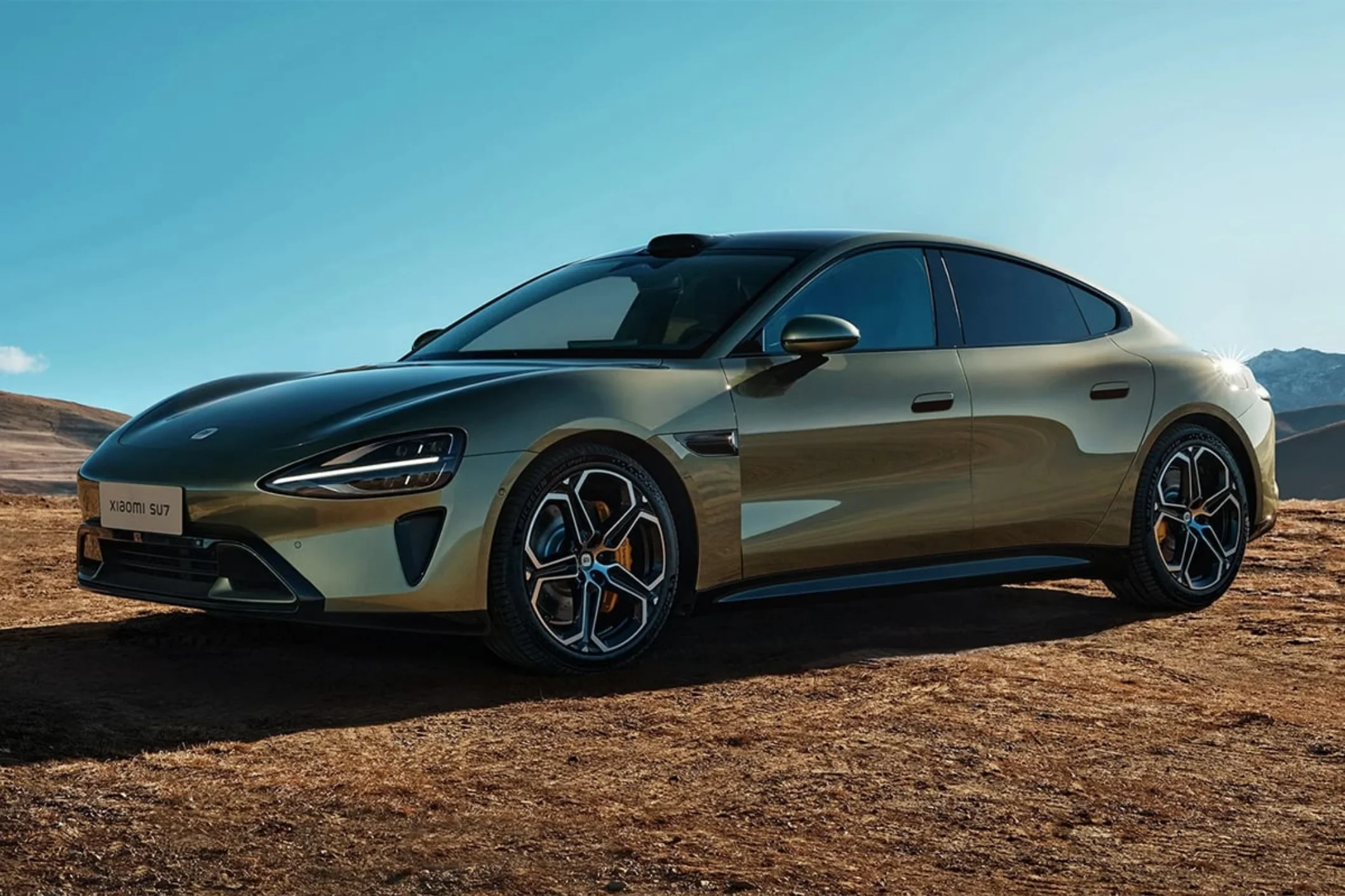
The “Kunlun EREV”: A New Era for Xiaomi’s Auto Ambitions
Xiaomi’s latest offering, nicknamed the “Kunlun EREV,” marks a significant step in their auto strategy, following the smash hit SU7 sedan and the all-electric YU7 SUV. While the YU7, which landed in June 2025, wowed everyone with its sleek design and up to 835 km (CLTC) range, the Kunlun introduces a clever twist. It features an internal combustion engine (ICE) that only acts as a generator, charging the battery without any direct mechanical link to the wheels.
This means you get a true electric driving experience for your daily commute, with an estimated pure electric range exceeding 500 km – right on par with many conventional EVs. The star of the show is the 80 kWh battery, courtesy of CATL, the undisputed global leader in energy storage with a massive 37% market share. This battery utilizes high-nickel 8-series ternary lithium cells, a tech that prioritizes energy density and fast charging. We’re looking at mass production kicking off in 2026, set to power premium SUVs and MPVs, and even boasting a bigger capacity than rivals like Geely’s Zeekr 9X.
Looking to the YU7 for Inspiration
The YU7 family, by the way, serves as a fantastic foundation for this hybrid evolution. You know the YU7 – it comes in standard (RWD), Pro (AWD), and Max (AWD) trims. This mid-to-large luxury SUV is a beast, measuring 4,999 mm long with a 3,000 mm wheelbase, outgunning even the Tesla Model Y in size. Under the hood (or perhaps, beneath the chassis), its HyperEngine V6s Plus motors dish out a whopping 508 kW (690 PS) in the top-tier Max version, rocketing it from 0 to 100 km/h in just 3.23 seconds and hitting top speeds of 253 km/h. The 101.7 kWh NCM battery in the Max version offers a substantial 760 km range, and get this – ultra-fast 5.2C charging can add 620 km in a mere 15 minutes!
Xiaomi has also nailed personalization, with nine exterior colors. My personal favorite has to be the Emerald Green Metallic, inspired by Colombian emeralds and sporting a cool dual-layer metallic and pearlescent finish. Other options include Lava Orange, Titanium Silver Metallic, and Pearl White. Inside, you can choose between Grey Turquoise, Coral Orange, Twilight Blue, and Iris Purple. And the wheels? A massive selection from 19 to 21 inches with over two dozen designs. Prices kick off around 253,500 yuan (roughly $35,000 USD), making it a serious contender directly challenging Tesla’s dominance in China’s premium segment.
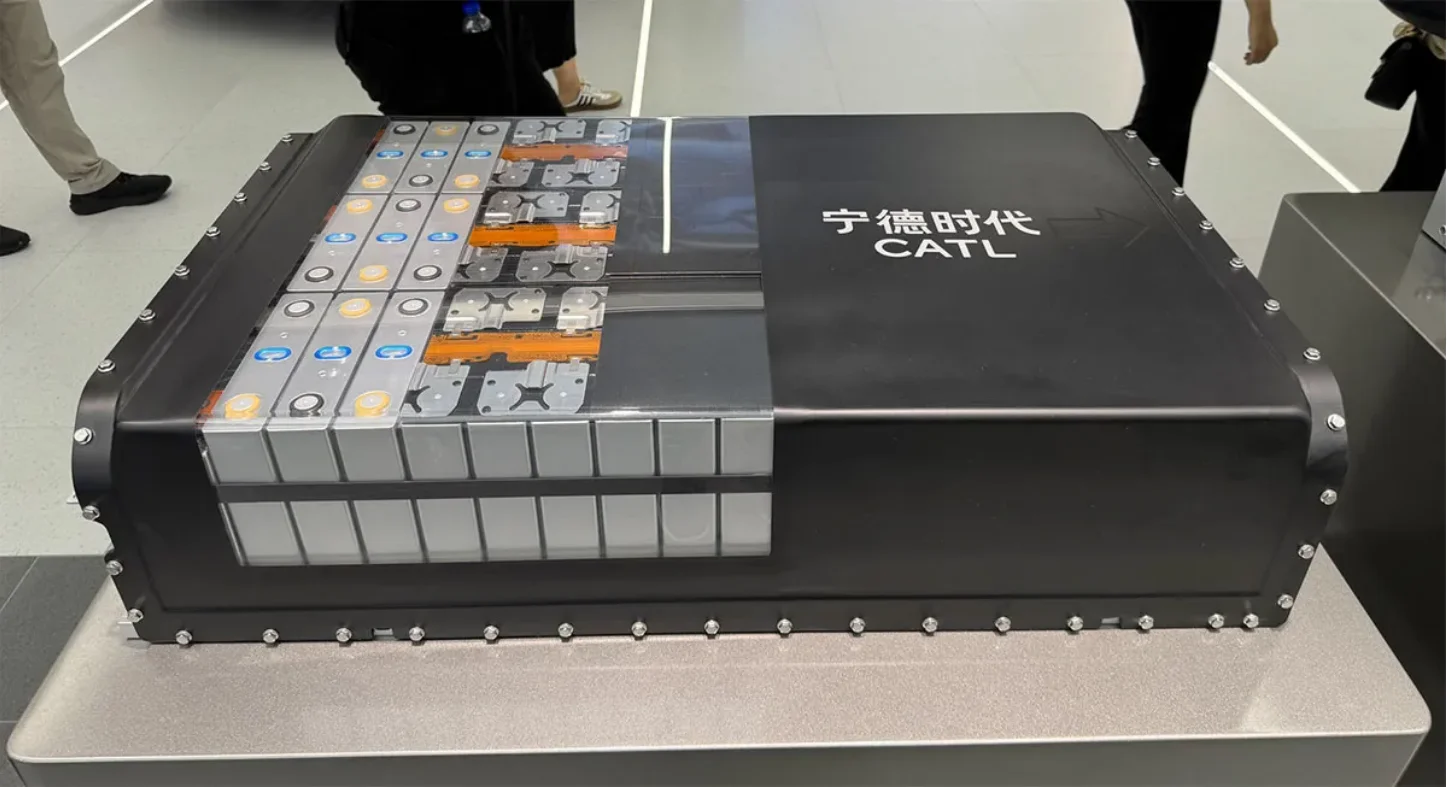
Why EREVs Are the Smart Choice Right Now
This whole EREV surge makes total sense in today’s transitioning global market. In 2024, PHEV sales (including EREVs) in China jumped by 25%, making up 30% of all EV sales, according to the IEA. The slowdown in pure EV demand is down to a few things, like reduced tax incentives in the US – some credits up to $7,500 are expiring in September 2025 – and a bit of regulatory breathing room on CO2 emissions in the EU until 2027. Major automakers like Hyundai, Jeep, and Volkswagen are all jumping on the EREV bandwagon. The Ram 1500 Ramcharger is promising a massive 690 miles total range, while Leapmotor and GWM are eyeing up 80 kWh battery packs for 2026. In the US, expect about 15 EREV models to hit the market between 2025 and 2028, all powered by platforms optimized for batteries and engines to hit ranges well over 900 km.
More Than Just Range: The CATL Advantage
This 80 kWh CATL battery isn’t just about sheer capacity; it’s also about tackling the hefty weight of some EREVs (some are pushing 3 tons!). It incorporates innovations like the Freevoy Super Hybrid, launched in October 2024, which delivers 400 km of electric range and boasts 4C charging (adding 280 km in just 10 minutes!). For Xiaomi, the Kunlun EREV represents freedom. Think about it: a whole week of commuting on a single charge! Plus, seamless integration with the Apple ecosystem for controls via CarPlay and Apple Watch is just icing on the cake. With over 258,000 SU7 units delivered in its first year and aiming for 350,000 in 2025, Xiaomi is clearly sticking to its “accessible luxury” vision.
So, in a nutshell, Xiaomi’s new hybrid vehicle with its 80 kWh CATL battery is totally changing the game for hybrid mobility. It brilliantly combines the exciting electric feel of the YU7 range with the practical peace of mind from an extended range option. With hybrids capturing 45% of sales in China in 2025 and Europe pushing hard for 90% emissions cuts by 2040, this isn’t just a temporary bridge; it’s a solid step towards a sustainable future. For drivers who crave versatility without the range anxiety, Xiaomi is providing the key to transition into an electrified future.
